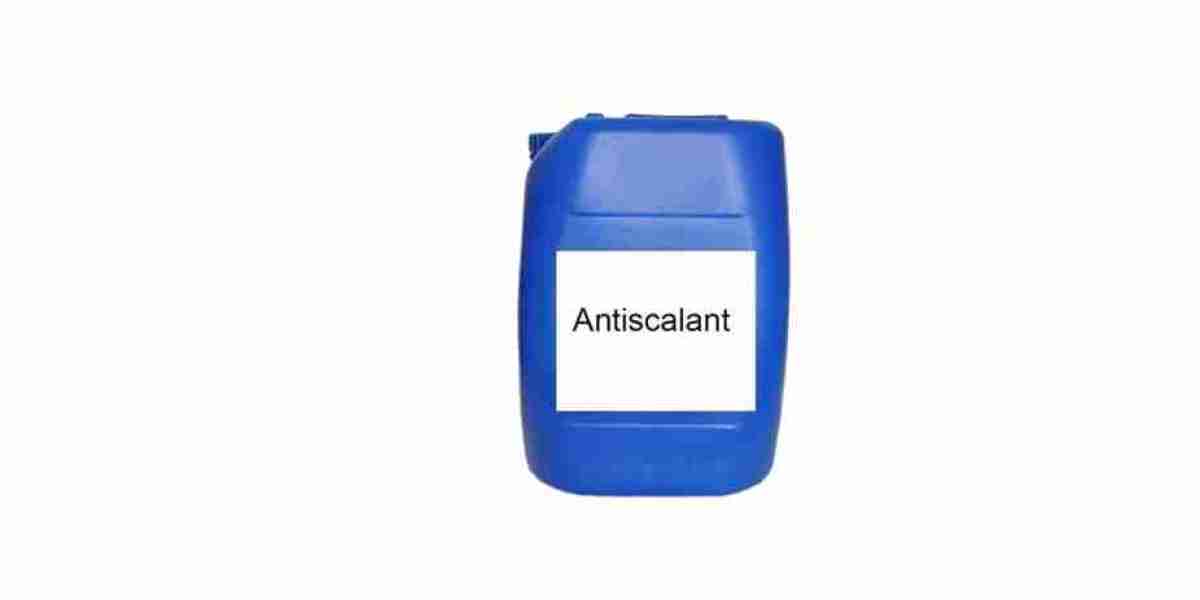The antiscalants and dispersants market is experiencing a significant surge in growth, fueled by the combined pressures of rapid urbanization, increasing global water scarcity, and tightening environmental regulations. As the demand for clean, sustainable water management solutions intensifies, these chemical additives have emerged as essential tools across both industrial and municipal water treatment landscapes.
From maintaining equipment efficiency to ensuring regulatory compliance, the role of antiscalants and dispersants has never been more crucial. They are no longer optional components in treatment processes—they are strategic necessities.
Urbanization and Infrastructure Stress
Global urbanization is accelerating at a staggering pace. With more than half the world's population now residing in cities—and that number expected to grow—urban infrastructure is being pushed to its limits. Water and wastewater treatment plants in metropolitan areas are under intense pressure to deliver high volumes of clean water reliably and efficiently.
Urban water systems often deal with highly variable water quality due to industrial discharges, runoff, and aging distribution infrastructure. This makes the risk of scale buildup and particulate fouling even higher. Antiscalants help prevent mineral scale deposits on membranes, pipes, and heat exchangers, ensuring smoother operations with reduced maintenance downtime. Dispersants, meanwhile, are critical in keeping suspended solids from clogging filtration units or settling in reservoirs and tanks.
With cities investing in infrastructure upgrades, smart water systems, and closed-loop water reuse projects, the demand for advanced chemical treatment solutions is increasing dramatically. Urban growth is not just driving volume—it’s driving innovation.
Water Scarcity: A Global Catalyst for Change
Water scarcity is no longer a regional issue—it's a global concern. From drought-stricken areas of the Middle East and Africa to overexploited aquifers in parts of North America and Asia, the pressure to use water more efficiently is universal. Antiscalants and dispersants are central to this challenge because they enable industries and municipalities to reclaim, reuse, and recycle water more effectively.
Desalination, for example, is one of the fastest-growing sources of freshwater in water-stressed regions. Membrane-based desalination systems are highly susceptible to scale formation, which reduces efficiency and shortens membrane life. Antiscalants prevent these scale deposits, allowing desalination plants to operate at higher recovery rates and lower energy consumption.
In industrial sectors such as power generation, textiles, and mining—where water use is both essential and resource-intensive—treatment systems are being reengineered for minimal discharge and maximum reuse. Dispersants ensure that particles remain in suspension, reducing blockages in recycling loops and enhancing the performance of filtration and clarification stages.
As the water crisis intensifies, any solution that extends water usability and system life becomes indispensable—making antiscalants and dispersants foundational to modern water stewardship.
Environmental Regulations: Driving Cleaner Chemistry
Governments and regulatory agencies worldwide are tightening water quality and discharge standards. From wastewater discharge limits to restrictions on chemical usage and toxicity levels, the compliance landscape is becoming increasingly complex.
To stay ahead, manufacturers of antiscalants and dispersants are shifting their focus toward greener, more sustainable formulations. Phosphate-free, biodegradable, and non-toxic alternatives are being developed to meet modern compliance requirements without sacrificing performance. These new-generation products help users meet regulatory benchmarks while supporting corporate sustainability goals.
In many regions, failure to comply with environmental standards carries significant financial penalties, reputational damage, and even operational shutdowns. As a result, industries and utilities are proactively adopting chemical solutions that are not only effective but also environmentally responsible.
Market Adaptability and Strategic Growth
The intersection of urbanization, water scarcity, and environmental oversight is reshaping the way water is treated—and how chemical solutions are developed and deployed. The market for antiscalants and dispersants is responding with increased customization, innovation, and integration.
Formulations are becoming more industry-specific, with custom blends designed for sectors like oil and gas, food processing, electronics, and agriculture. These tailored solutions optimize performance for unique operational conditions and help users meet increasingly specific regulatory needs.
Additionally, there's growing interest in digital integration—using data analytics, IoT sensors, and automated dosing systems to improve chemical precision and reduce waste. This not only improves system reliability but also aligns with both cost control and sustainability objectives.
Conclusion
The antiscalants and dispersants market is no longer a passive segment within the water treatment industry—it's a dynamic, fast-evolving space driven by real-world urgency. Urban growth is creating enormous demand for reliable water infrastructure. Water scarcity is forcing innovation in reuse and desalination technologies. Environmental regulations are pushing the boundaries of cleaner, safer chemistry.
Together, these forces are shaping a future in which antiscalants and dispersants play a central role in safeguarding water as a critical resource. As technology advances and global water challenges deepen, this market will continue to grow—not just in size, but in strategic importance.




